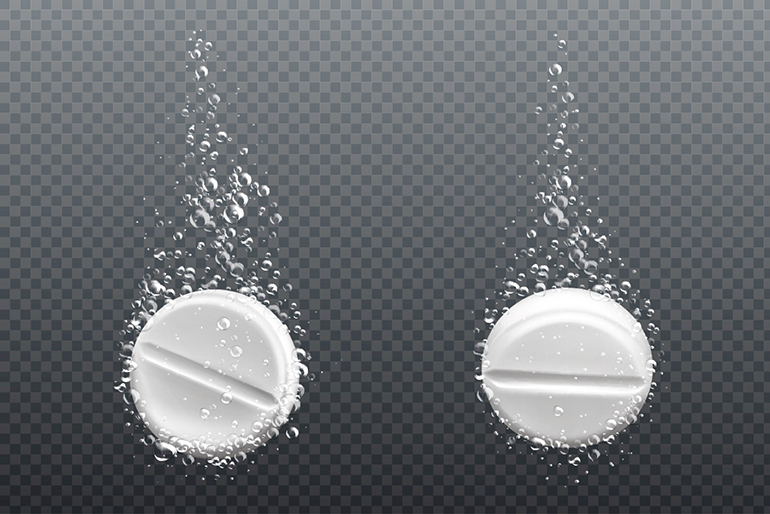
Vibhuti Agrahari (University of Oklahoma), Rikhav Gala (Fraunhofer USA, Center for Molecular Biotechnology), Donna Konicek (Insmed, Inc.), Sowmya Kulal (Hyalo Technologies), Mitul Patel (Evonik Corp.) and David Cipolla (Insmed Inc.).
The authors are part of the AAPS Modified Release Community Leadership Team.
Introduction
The use of excipients or technologies to improve a product’s safety or efficacy through modification of the in vivo drug release profile is a time-tested strategy that has spanned the last 70 years. While initial modified release technologies (MRTs) were largely applied to improve the kinetics of orally administered products, more recent advances in the technology have evolved to include injectable, topical, and inhaled routes of administration. These MRT products can be convenient, infrequent, and precisely dosed to treat a multitude of disease targets and enhance the patient experience. For example, recent innovations in transdermal technologies, e.g., electroporation, cavitational ultrasound, iontophoresis, microneedles, and thermal ablation, have been utilized to expand from conventional delivery of small molecular weight drugs like scopolamine or nicotine to include peptides, which are generally not orally bioavailable.1 The use of formulation technologies including microspheres, liposomes, and lipid nanoparticles have been approved in both injectable2 and inhalable3 formats and have been successfully exploited to not only modify the drug release profile, but also to target the drug to specific sites in the body. Implantable devices have been used to provide months or even years of controlled drug release for contraception. New innovations in ocular delivery are addressing the challenges of providing sustained drug levels within the eye. This article summarizes the state of the art and explores the recent innovations in formulations and technologies providing modified release drug profiles.